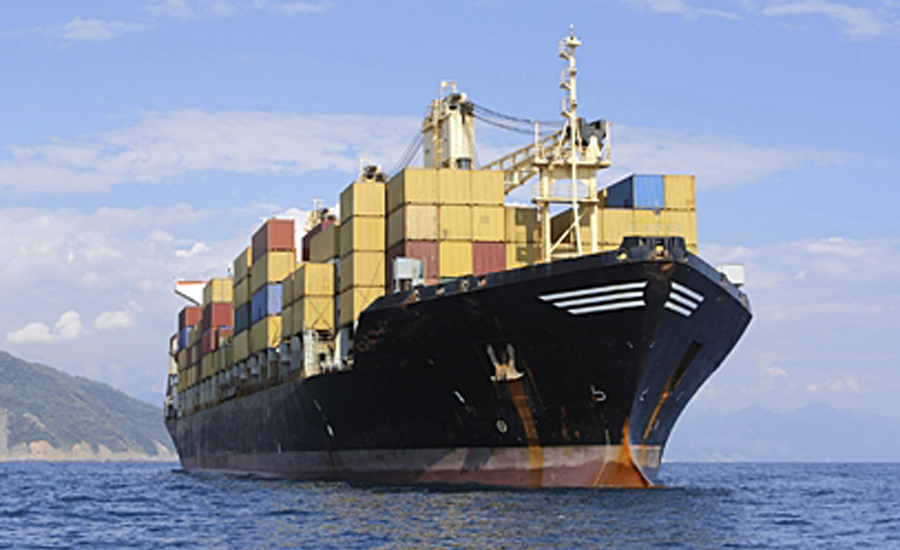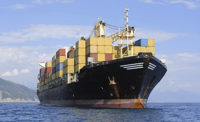Shipping lines calling at the Port of Long Beach cut thousands of tons of air pollution in 2015 by voluntarily participating in the port's Green Flag Program, which offers financial rewards for ships that reduce their speed near the harbor to decrease emissions.
The program, initiated 11 years ago as part of Long Beach's Green Port Policy, gives participants a Green Flag to celebrate their environmental accomplishments and dockage rate breaks to shipping lines slowing to 12 knots or less within 20 or 40 nautical miles of the port. In 2015, 154 vessel operators met or exceeded the program’s required 90% participation rate at either 20 or 40 nautical miles.
Since 2005, the port has targeted emissions from ships, trucks, trains, harbor craft and yard equipment. As a result, diesel particulates are down 85%, smog-forming sulfur oxides are down 97%, nitrogen oxides are down 50% and greenhouse gases are down 21%.
“We have a lot of help in building the ‘Port of the Future,’” says Lori Ann Guzmán, president of Harbor Commission. “The Green Flag Program is a great example of our partnership with stakeholders to reduce our environmental impacts while continuing to provide more than 316,000 jobs in Southern California.”
The Green Port Policy also includes other programs aimed at reducing vessel emissions, including the Green Ship Program to encourage newer vessels with cleaner engines to come to Long Beach. The port also encourages vessel operators to use shore power, or “cold ironing,” which reduces air pollution by enabling ships to tap into landside electricity while at berth instead of running diesel-fueled engines.
“Our voluntary environmental initiatives have led to dramatic improvements in air quality,” says Jon Slangerup, chief executive officer of Port of Long Beach, Long Beach, Calif. “We have surpassed our clean air goals for 2014 and nearly all of them for 2023. We continue to aspire to be the world’s first zero emissions port.”
Port of Long Beach’s Green Flag Program cuts thousands of tons of air pollution

Looking for a reprint of this article?
From high-res PDFs to custom plaques, order your copy today!






